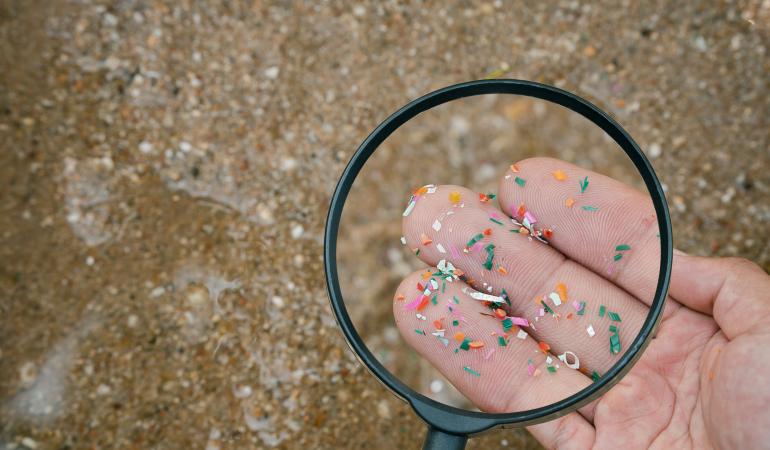
More and more tiny bits of plastic are ending up in the environment. The main sources of these microplastics are tyre erosion, plastic waste and plastic granules used as an industrial raw material. This is the outcome of a study conducted by RIVM. Microplastics are harmful to the environment. Most of them (80 per cent) end up in the soil, but they are also found in the air and in water. RIVM has investigated which measures may be effective in reducing the amount of microplastics in the short term. The most obvious measure if possible, is to reduce the use of plastic.
This is an update of an earlier study that RIVM carried out into microplastics in the environment. RIVM now has a more complete overview of where most of these microplastics (smaller than 5 mm) come from. It is also suggesting measures that may be effective in reducing the amount of microplastics in the short term. However, further research is needed to assess how feasible these measures are. In other words: whether they can be implemented in a technical sense and whether they are supported by society and industry. This follow-up research will help rank the measures in terms of priority.
Reducing plastic use remains the most obvious measure
It is obvious that measures to reduce the amount of microplastics originating from the main sources will have the most effect. For example, consumers, industry and agriculture could cut back on their use of plastic products if possible. However, this is not always the most effective. In some cases, plastic can be less harmful to the environment than alternatives such as paper or cotton. Additional regulations could also prevent the granules that plastic products are made of from ending up in the soil or in water during transport or at manufacturers. Finally, tyre erosion could be reduced, for example through the development of better tyres. Another helpful measure would be to purify the water that drains away from roads in order to remove the microplastics in it. Such purification already takes place near cities, but not yet near roads outside built-up areas.
This RIVM study was commissioned by the Ministry of Infrastructure and Water Management. The resulting information will enable the Ministry to take measures to reduce the amount of microplastics.